ماژول پالس اکسیمتر و سنسور ضربان قلب MAX30102
۷۷,۰۰۰ تومان
موجود در انبار
MAX30102 Oxygen Concentration Pulse Sensor
The MAX30102 pulse sensor is a device that integrates a pulse oximeter and heart rate monitor.
It has infrared, photoelectric detectors, optical devices and low-frequency electronic circuits with ambient light suppression.
It is compatible with the I2C communication interface to facilitate the transmission of information to Arduino, KL25Z or other pulse and oxygenation microcontrollers.
The chip can turn off the module or enter sleep mode. To be able to read the pulse and/or heart rate, place the device on your fingers, earlobe or wrist.
The MAX30102 Pulse Sensor is useful for integrating into projects where pulse and heart rate are measured, since it works as follows:
By photodissolution method:
The measurement of pulse and blood oxygen saturation is carried out by means of human tissue that causes different light transmittance when the blood vessels beat.
Light source:
A specific wavelength of light emitted by a diode to measure oxyhemoglobin (HbO2) and hemoglobin (Hb) in arterial blood.
Transmittance is converted into an electrical signal:
The change in the volume of arterial pulsations causes the transmittance of light to change.
At this point, the light reflected by the human tissue is received by the photoelectric transducer, transforming it into an electrical signal.
Note:
This device is NOT a medical product, it should be used in applications where the person’s health is NOT compromised.
SPECIFICATION AND FEATURES
Sensor: MAX30102
Maximum LED Wavelength: 660nm/880nm
Supply voltage: 3.3V to 5V
Communication interface voltage: 1.8~3.3V~5V
Communication interface voltage: 1.8V ~ 3.3V~5V (optional)
Working current: 60mA
Maximum power: 0.3 W
Detection type: PPG (Light reflection)
Output interface: I2C
Up to 16-bit delta sigma ADC
Dimensions: 21mm x 15mm
Pin Description:
VIN: Supply voltage (3.3-5V)
SCL: The clock connected to the I2C interface
SDA: Data connected to the I2C interface
INT: Switch DEL max30102, generally not connected.
LED IRD: Ground of the Led IRD, usually not connected.
RED LED: Red LED Ground, usually not connected.
RD: Ground of MAX30102, normally not connected.
GND: Module ground
Datasheet: MAX30102
What is pulse oximetry
It is a noninvasive method that allows measuring the percentage of hemoglobin oxygen saturation (SaO2) in a patient’s blood using a photoelectric circuit. For this, a pulse oximeter is used, which is a device that integrates light emitters and the sensor that measures the amount of light reflected by the patient’s finger. The light detected by the sensor varies according to the concentration of oxygen in the blood; oxygenated blood absorbs a greater amount of infrared light, while poorly oxygenated blood absorbs more red light.
How to use the MAX30102 Pulse Sensor ?
The MAX30102 incorporates two LEDs, one red (660nm) and one infrared (880nm), as well as photodiodes to measure the reflected light and an 18-bit ADC with a sampling frequency of 50sps (samples per second) to 3200sps. Reading the MAX30102 can be somewhat complex since it involves a lot of signal processing to obtain significant values, you can use the examples in the MAX3010X Library to support you.
The connection recommendation of the MAX30102 to the Arduino is as follows:
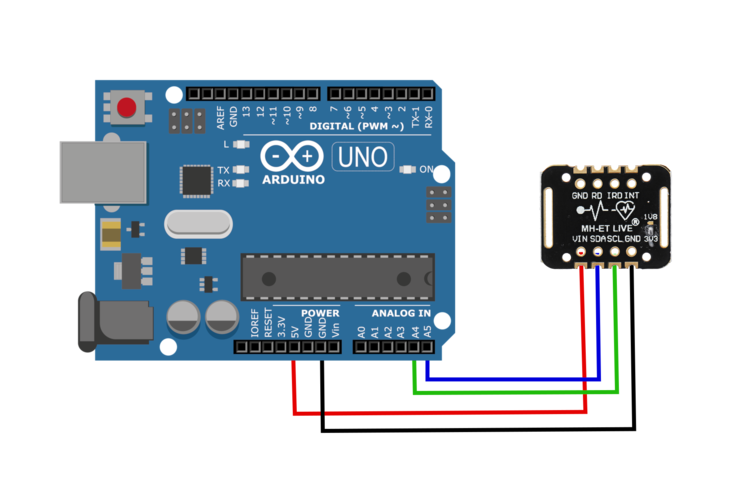

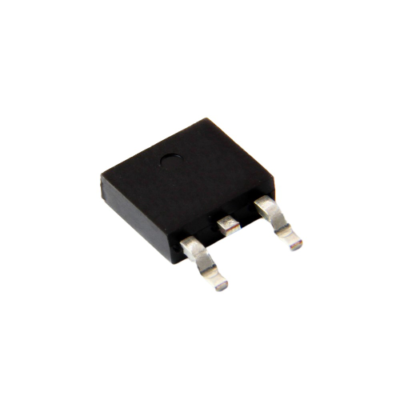
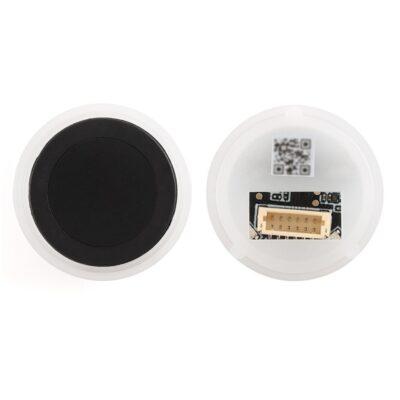

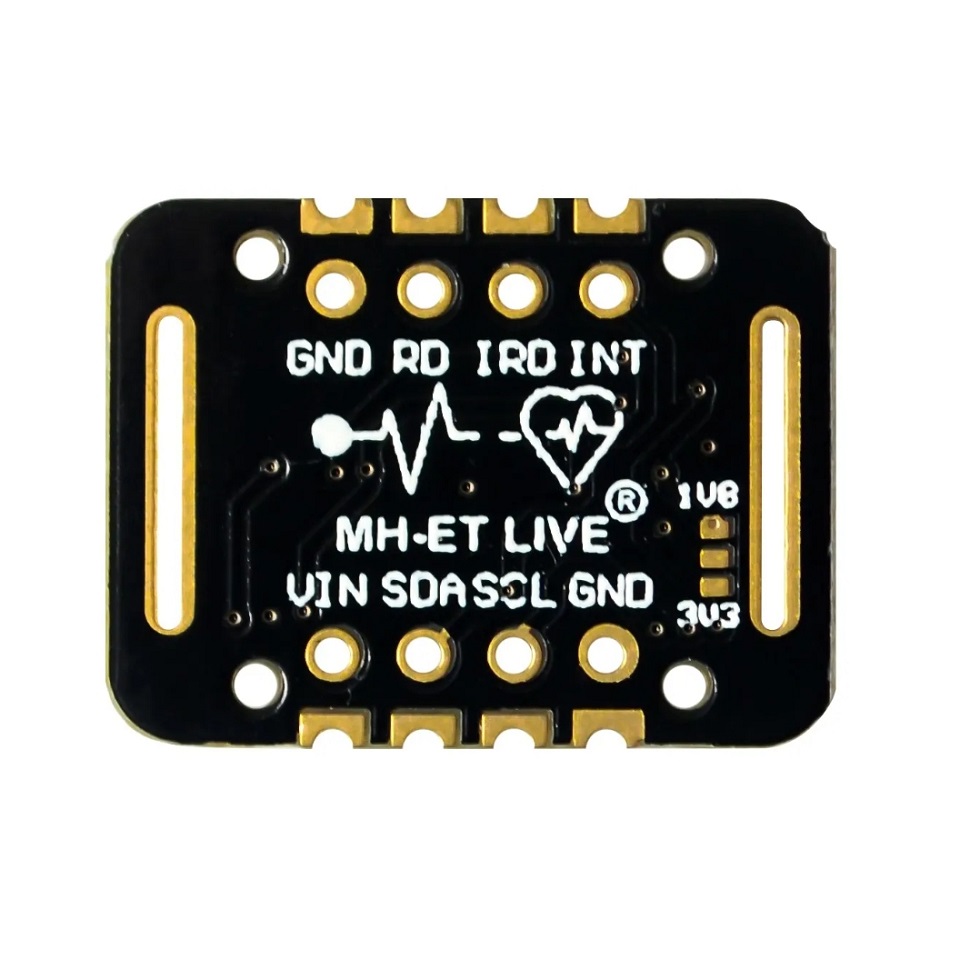

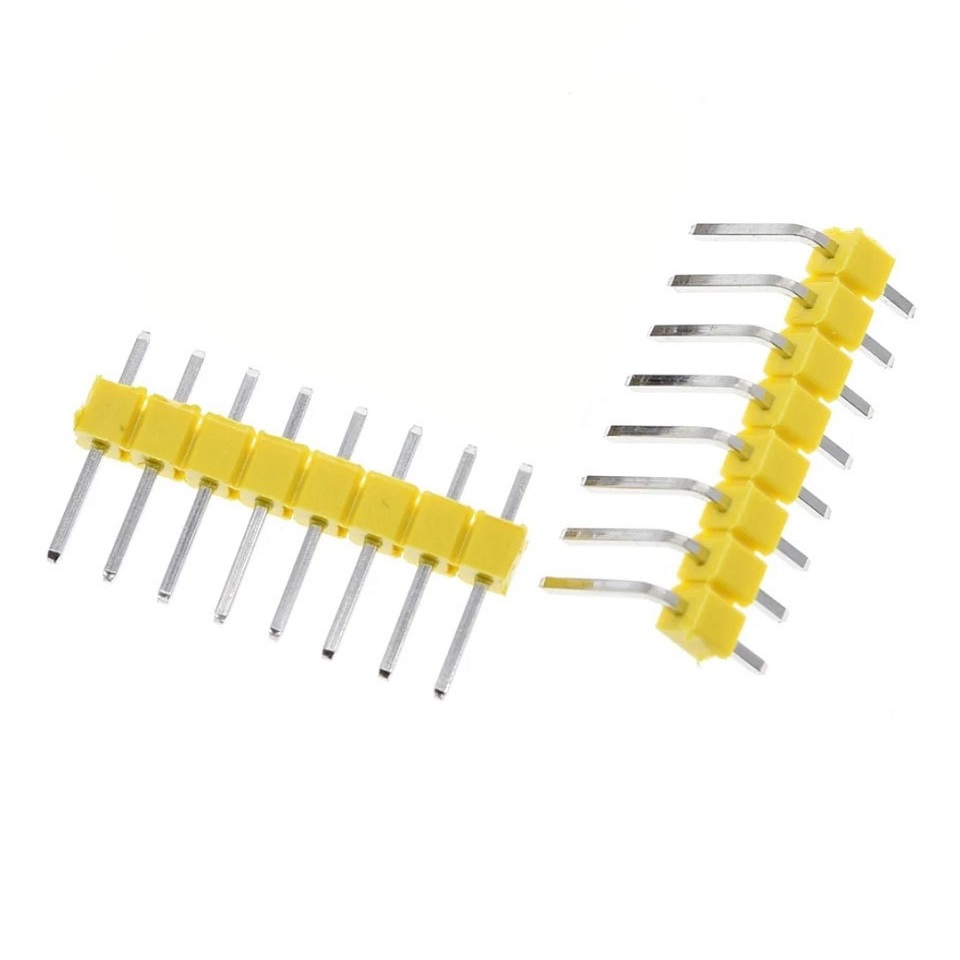


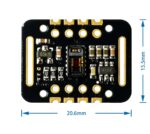
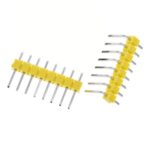
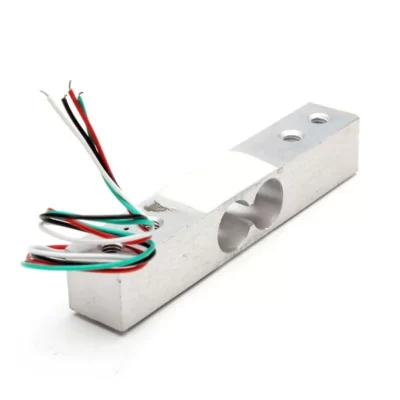

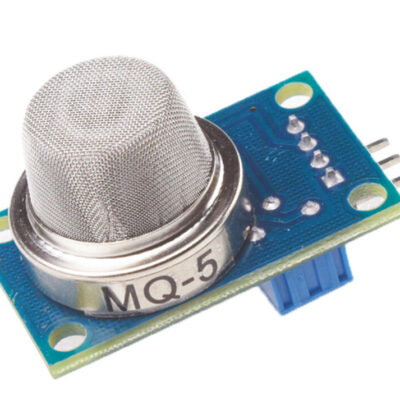
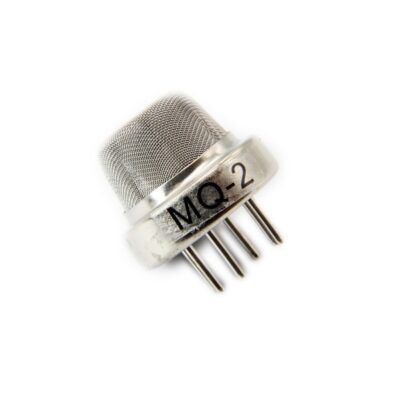
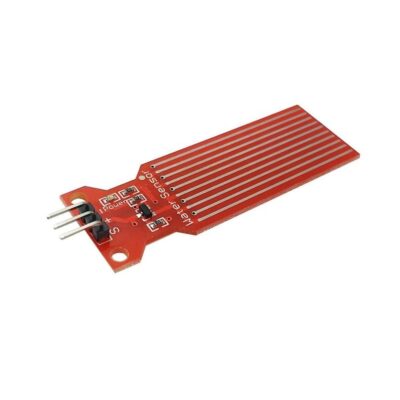
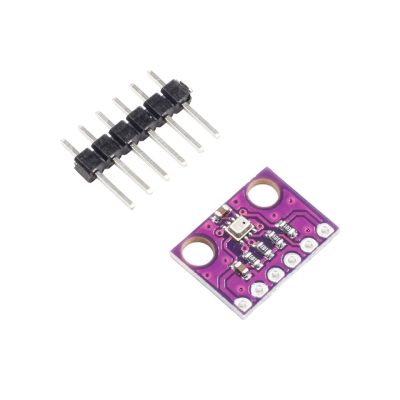



دیدگاهها
هیچ دیدگاهی برای این محصول نوشته نشده است.